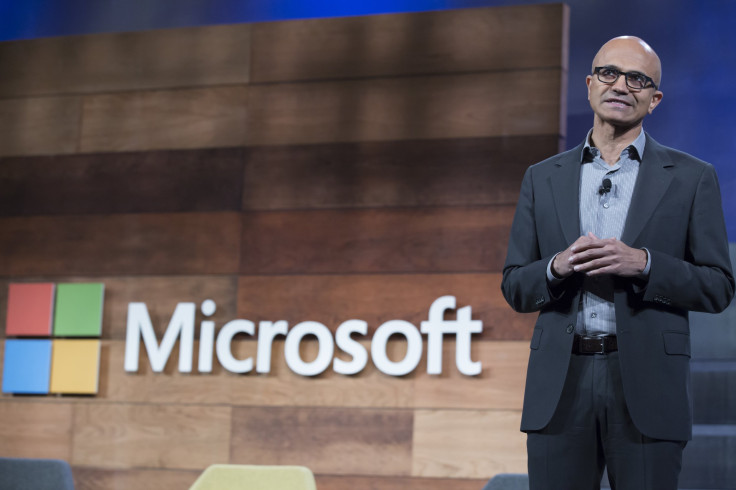Microsoft Corporation (MSFT) Q2 2016 Earnings Preview: Can Windows, Surface, Office 365 Deliver Growth?

Microsoft is set to report its fiscal second quarter 2016 earnings after the bell on Thursday, and Surface, Azure and Office 365 will be key areas investors will look at to measure the company's progress toward reaching CEO Satya Nadella's goal of becoming a "mobile first, cloud first" company that is less dependent on Windows for revenue growth.
Unlike recent years, analysts are generally bullish about the software maker's prospects. 20 market watchers currently rate MSFT stock as a "buy." The average stock price target for Microsoft is $58.35, a 12.2 percent increase over the Wednesday opening price of $52.01.
Analysts are predicting earnings per share of $0.71 with the average revenue estimate at $25.26 billion. In October 2015, Microsoft issued guidance that predicted total revenue of $24.8 to $25.4 billion.
Microsoft has been making big moves in its key strength areas, and there's reason to believe it could report a solid quarter.
The Surface line of tablets received major updates in late October, with the launch of the Surface Pro 4 and Surface Book, the latter being Microsoft's first ever laptop. In the second quarter 2015 results, Surface revenue hit $1.1 billion, up 24 percent year-over-year.
Surface growth is important, but Microsoft won't be betting future earnings on tablets just yet. "I don't think that they think it's going to be a growth spot in the same way the iPhone drives earnings for Apple," said Frank Gillett, analyst at Forrester.
The tablet line is more a showcase that shows the public what device makers can do with Windows 10. "It's more like the Mac. It's symbolically important, but not vital to the overall success of the company," Gillett said.
Windows is still in a transitional period, as the company is giving away its latest release for free to consumers running Windows 7 or 8.1. That doesn't mean investors will be ignoring the company's reported figures, however.
But there's still plenty of revenue sources from Windows. Device makers will be buying Windows 10 to install on new computers, enterprise customers will be buying copies and some consumers simply aren't eligible for the upgrade offer. "Microsoft's going to be making money off Windows for a long time," said David Mitchell Smith, analyst at Gartner.
Enterprise could be key to adoption. In December 2015, Windows 10 accounted for 9.96 percent of global desktop operating system usage, taking fourth place behind 8.1, XP and 7, the latter claiming 55.68 percent. Gillett said that businesses are still using Windows 7, having skipped 8, but that may soon change. Half of enterprises will start deploying Windows 10 by the start of 2017, according to a November 2015 report from Gartner.
Windows may be what the company is best known for, but Azure and Office 365 are crucial strong points. In the second quarter of 2015, commercial cloud revenue (which includes the two services) grew 114 percent, reaching an annualized revenue run rate of $5.5 billion.
The strength of the cloud services are a good sign for Microsoft that the company is able to succeed with services that don't depend on Windows. Azure made headlines with the first technical preview of an Azure Stack based on Ubuntu Linux. On the Office 365 side, Microsoft updated its Office iOS apps to fully support the iPad Pro, showing the company isn't totally betting on Windows phones to find success in the mobile arena.
In the latter case, Gillett said that Microsoft could be playing a long game by offering its services on other platforms. The company can hook consumers onto its Office iOS offerings, for example, then tempt them with the prospect of a better integrated experience with a Windows phone.
© Copyright IBTimes 2025. All rights reserved.




















